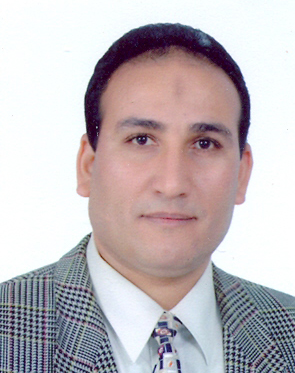Electrospun nanofibrous scaffolds of polycaprolactone containing binary ions of Pd/vanadate doped hydroxyapatite for biomedical applications
In this work, manipulation of scaffold compositions is executed, aiming to the enhancement of wound healing via
the acceleration of the curing process and inhibition of bacterial growth. The study includes powder phase,
palladium/vanadate hydroxyapatite (Pd/V-HAP), and fibrous phase (Pd/V-HAP@PCL) preparation in different
Pd(II) ions contents. The structural inspection with palladium insertion is inspected for powder and nanofibrous
compositions using XRD, while the morphological behavior was examined by the FESEM technique. The porous
structure is detected clearly in the highest palladium composition in powder phase compositions, besides a
significant reduction in fiber filament diameter from 4 μm to 1.5 μm. The roughness average of 0.8Pd/VHAP@
PCL shows detectable growing with palladium insertion reaching 23.6 and 103.7 nm for powder and
fibrous phase, respectively. The narrowest contact angle is introduced by 0.8Pd/V-HAP@PCL scaffold with 88
±3◦, while it presented the highest cell viability with 95.1 ± 2%. Additionally, the 0.8Pd/V-HAP@PCL nanofibrous
composite shows the maximum inhibition zones with 19.6 ± 0.8 and 18.7 ± 0.9 mm against E. coli and
S. aureus microorganisms, respectively. It could be added that the cellular growth of fibroblasts cell line was
observed via scanning microscope, where the spreading and the proliferation of cells increased upon the change
of the compositions of nanofibers. The enlargement of the growing area of cells through the scaffold’s surface
might indicate the ability of these biomaterials for wound care potential applications.




